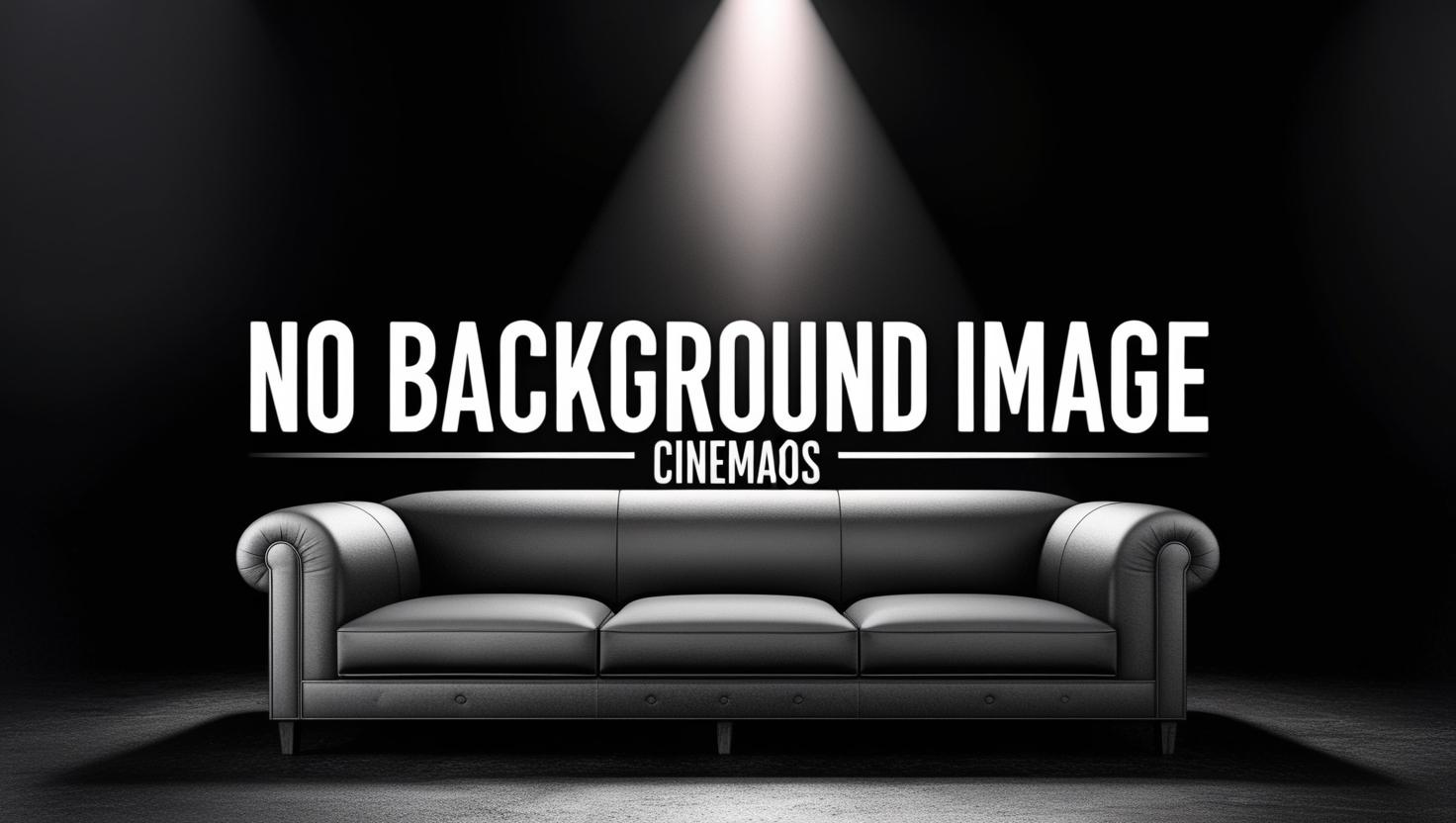
Voices of Auschwitz
Watch Movie
Share
Voices of Auschwitz
0h 44m
0.0(0 votes)
Documentary
History
Overview
For the 75th anniversary of the liberation of Auschwitz, CNN’s Wolf Blitzer looks back through the eyes of those who were imprisoned there.
Links & Resources
Social & External
Production Companies

Cast & Crew
1 member
Acting
Wolf Blitzer
Unknown Role




















